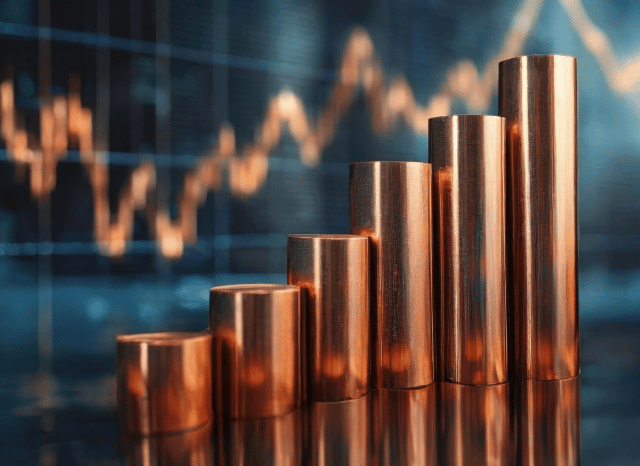Rare Earth Element Minerals: International Offer and Demand by Stanislav Kondrashov
Rare Earth Element Minerals: International Offer and Demand by Stanislav Kondrashov
Blog Article

The strategic metals powering the Electricity changeover are actually centre phase in geopolitics and industry.
As soon as confined to specialized niche scientific and industrial circles, exceptional earth things (REEs) have surged into world-wide headlines—and for good motive. These 17 features, from neodymium to dysprosium, are classified as the developing blocks of recent know-how, taking part in a central job in anything from wind turbines to electric powered automobile motors, smartphones to defence units.
As the globe races to decarbonisation and digitalisation, demand for REEs is soaring. Their position during the Power transition is vital. Superior-efficiency magnets manufactured with neodymium and praseodymium are important to the electric motors Utilized in equally EVs and wind turbines. Other REEs like europium and terbium are handy for lights, displays, and optical fibre networks.
But supply is precariously concentrated. China at present sales opportunities the sourcing, separation, and refining of exceptional earths, controlling over 80% of worldwide output. This has still left other nations scrambling to construct resilient supply chains, reduce dependency, and protected entry to these strategic resources. Consequently, scarce earths are no more just industrial resources—they're geopolitical property.
Investors have taken Observe. Curiosity in scarce earth-linked stocks and exchange-traded resources (ETFs) has surged, driven by both of those the growth in cleanse tech and the desire to hedge from supply shocks. Nevertheless the market is intricate. Some businesses are still during the exploration phase, Some others are scaling up production, even though a few are previously refining and offering processed metals.
It’s also crucial to grasp the distinction between scarce earth minerals and rare earth metals. "Minerals" consult with the raw rocks—like bastnasite, monazite, xenotime, or ionic clays—that incorporate exceptional earths in purely natural form. These need intensive processing to isolate the metallic components. click here The term “metals,” However, refers to the purified chemical components used in high-tech applications.
Processing these minerals into usable metals is costly. Beyond China, several international locations have mastered the total industrial method at scale, although locations like Australia, the U.S., Vietnam, and Brazil are working to vary that.
Need is being fuelled by quite a few sectors:
· Electrical mobility: magnets in motors
· Renewable Power: particularly wind turbines
· Shopper electronics: smartphones, laptops, sensors
· Defence: radar, sonar, precision-guided programs
· Automation and robotics: more and more vital in sector
Neodymium stands out as a very useful rare earth resulting from its use in effective magnets. Many others, like dysprosium and terbium, boost thermal security in high-effectiveness purposes.
The uncommon earth market place is risky. Price ranges can swing with trade policy, technological breakthroughs, or new supply resources. For buyers, ETFs provide diversification, although direct stock investments come with larger chance but most likely greater returns.
What’s distinct is unusual earths are not obscure chemical curiosities—they’re strategic assets reshaping the global economic climate.